With the arrival of the new year, precious metals are looking forward to the new year. However, with the hawkish argument of the Federal Reserve, I am afraid it will bring great uncertainty to the gold trend in 2022. Although I personally still expect gold to continue to emerge from the bull market, the conclusion is difficult to achieve.
First, the historical trend of gold
Borrowing a trend chart of gold in recent 30 years, we can see that gold generally has the long-term characteristics of soaring for 10 years and consolidating for 20 years. Since around 1970, after the collapse of Brayson, gold has emerged from a 10-year bull market, and its price has doubled many times, and then consolidated and fell for 20 years. It was not until around 2001 that gold bottomed out and resumed its bull market, and it was just 10 years until the end of 2011.
Assuming that the characteristics are repeated, gold is currently in the middle of a long-term consolidation for 20 years. According to the law of long-term consolidation in the above period, it is generally 5 years of decline, 10 years of rebound/consolidation, and then 5 years of decline.
This event period coincides with the cycle of US dollar index, that is, the cycle of US dollar appreciation and gold decline, while gold rises in the cycle of depreciation and shock. Since the peak of gold in 2011, the current gold price has been near the previous high. If the market fluctuates for a long time, it means that it is difficult for the gold price to reach a new high in the future, and even if it reaches a slightly new high, it is easy to retreat quickly. Therefore, if the gold price cannot reach a new high, I am afraid we can only look for space.
Second, the forward-looking guidelines for US bond yields
In the medium term, there is a negative correlation between gold price, which is an interest rate sensitive commodity, and US bond yield. The bull market of gold since 2018 is completely consistent with the trend of US bond yield. When the price of gold is low, the yield of 10-year US bonds is 3.2; When the price of gold is 2100 points, the yield of 10-year US bonds is 0.5. After that, the yield has not exceeded 0.5, and gold has not reached a new high.
Therefore, if the yield of national debt can reach a new low in the future, the probability of gold price reaching a new high or even accelerating to a new high will greatly increase. However, with the Fed turning eagle, it is difficult for the market to expect the Fed to return to the easing stage in 2020, that is, the yield of 10-year government bonds is difficult to fall below 0.5%, and even tends to accelerate the interest rate hike, so it becomes more and more difficult for gold to see more.
Third, the short-term breakthrough time
At present, gold has reached the end of consolidation for 17 months, and it will choose the direction to make a breakthrough at any time. The conclusions of the above analysis only show that it is difficult for gold to reach a new high, and do not affect the short-term trend. If the inflation data of a certain month is lower than expected, it is normal for the market to have a short-term reversal, but everyone can look at the pulse market, and it is definitely necessary to be cautious near the new high.
Therefore, it is expected that the future trend of gold will take the top trend line as a watershed, and if it breaks through upwards, it will pulse to near a new high; If it falls downward, it will fluctuate and fall, and it is estimated that after breaking through 1680, it will fall greatlyThe bottom position is estimated to be around 1450.
$NQ100指数主连 2203(NQmain)$ $黄金主连 2202(GCmain)$ $白银主连 2203(SImain)$ $道琼斯指数主连(YMmain)$ $WTI原油主连 2202(CLmain)$ $天然气主连 2202(NGmain)$
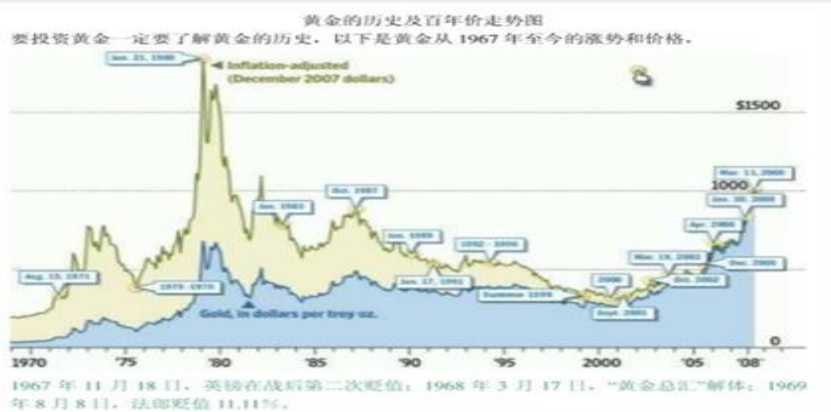
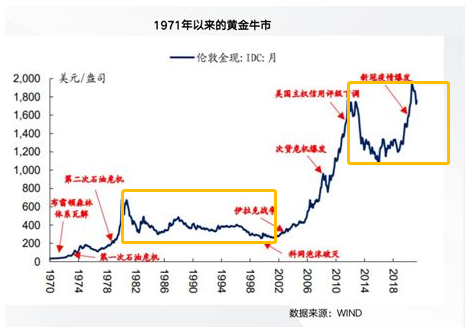
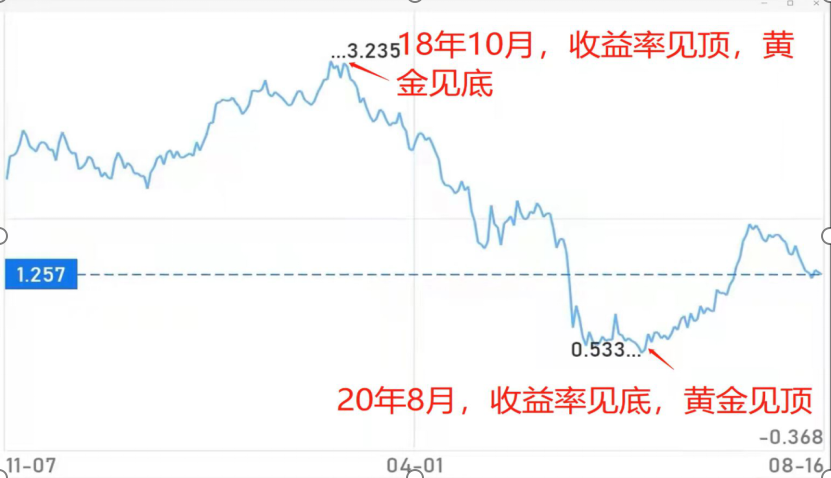

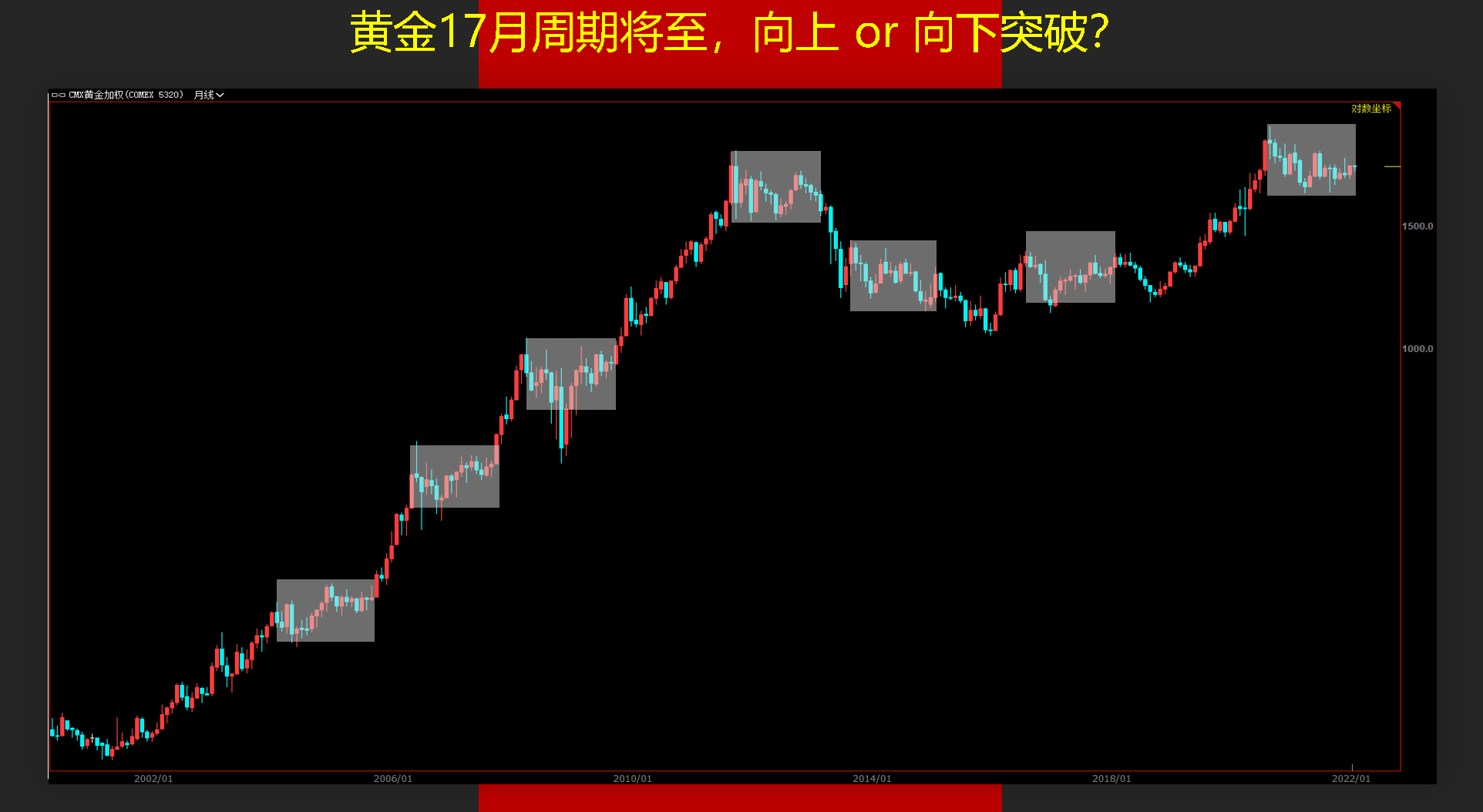
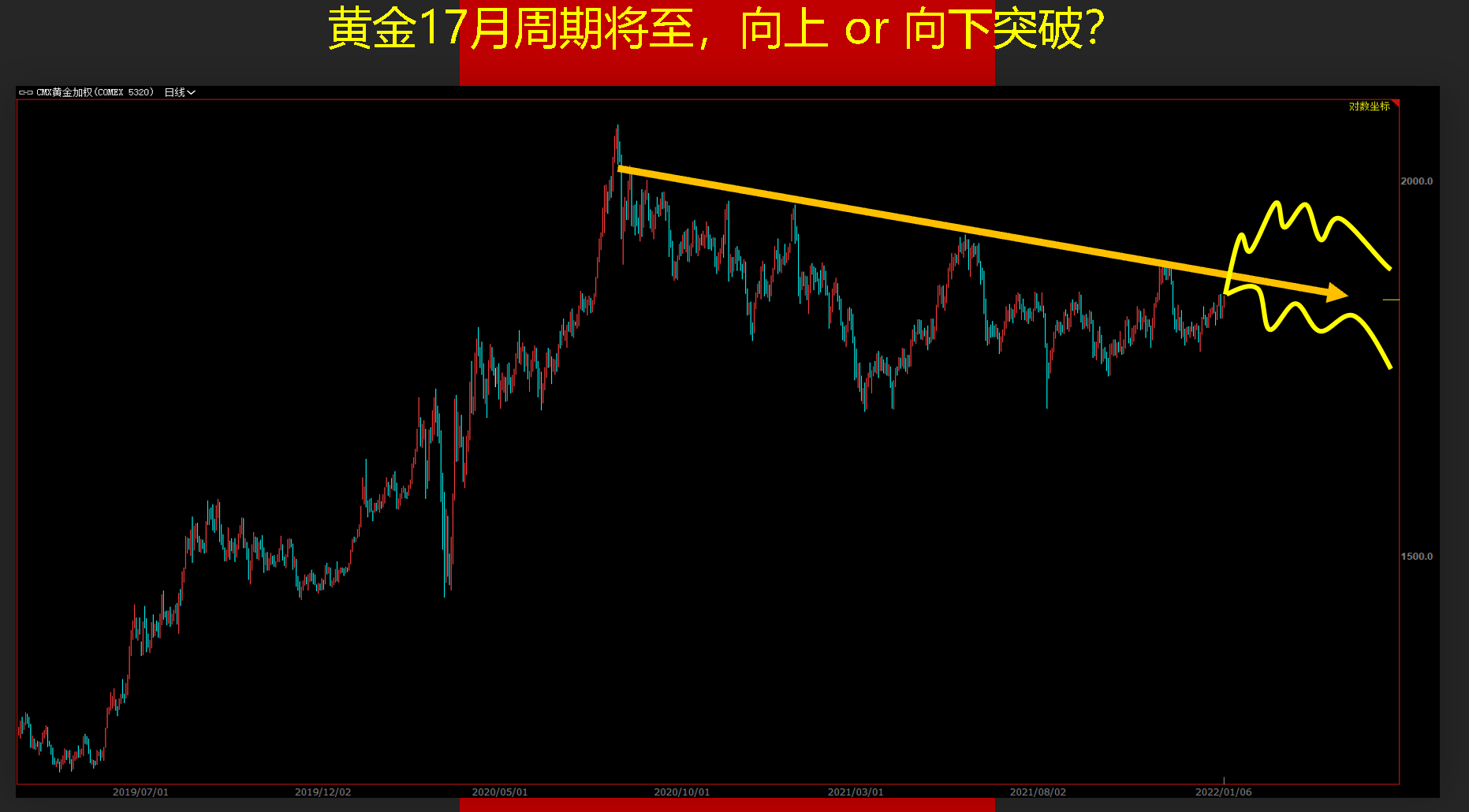
Comments